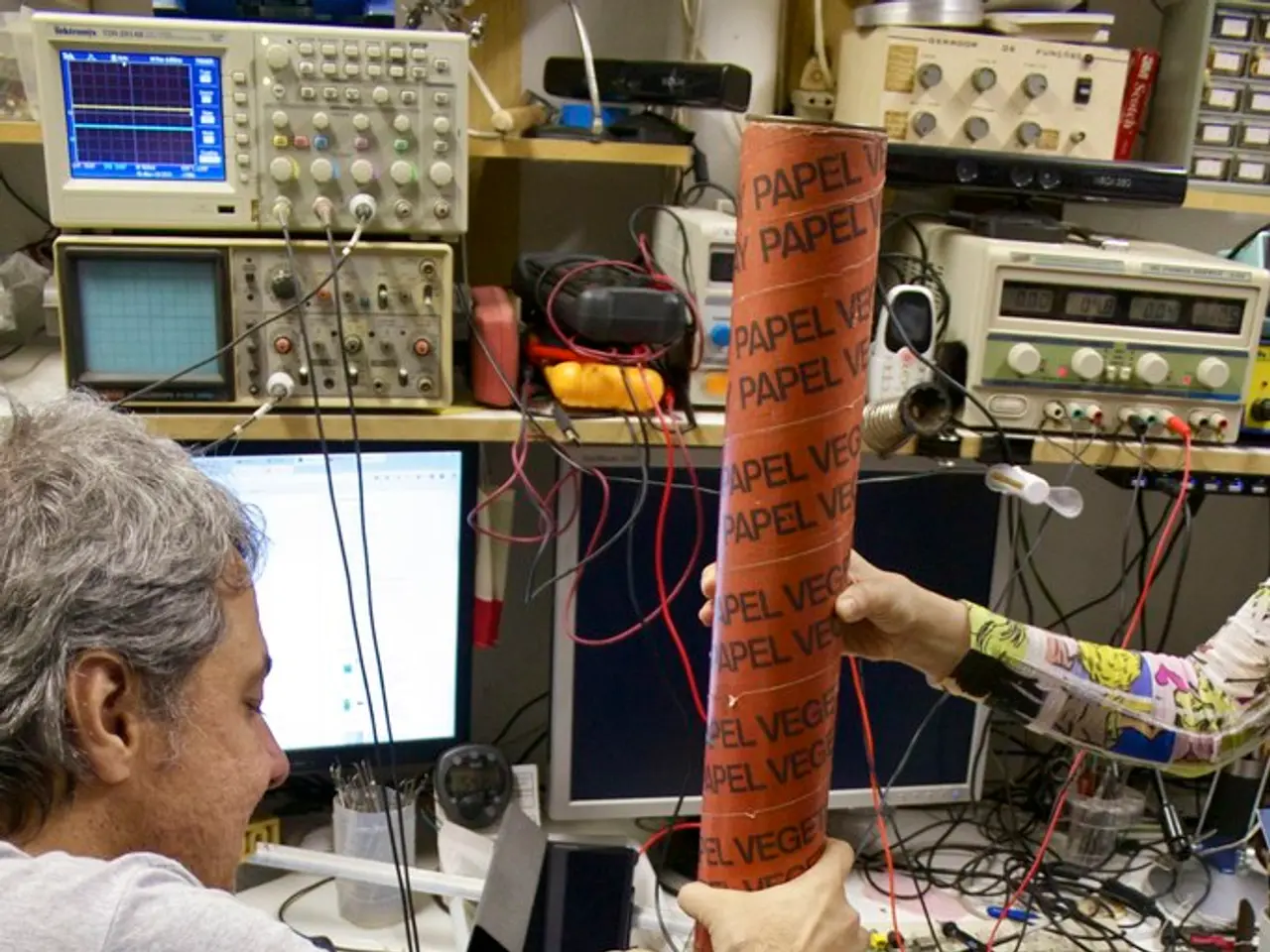Quantifying Human Restorativeness in Virtual Constructed Spaces: A Proposed Approach
In a groundbreaking research, scientists have taken the first step towards understanding human responses in virtual environments and designing spaces that optimize human experience. The study, focusing on the intersection of neuroscience, the built environment, and human restorativeness, is set to revolutionize the way we design and interact with digital spaces.
Designing Virtual Environments for Restorativeness
Two virtual environments, restorative and non-restorative, were meticulously crafted using features related to human restorativeness. The study aimed to investigate how architectural elements influence productivity, health, and comfort of occupants in these digital spaces.
Measuring Human Responses in Virtual Environments
Participants were asked to perform navigational tasks while their responses were recorded using advanced sensors like electroencephalography (EEG), galvanic skin response (GSR), and eye-tracking. These measurements provided valuable insights into the physiological and cognitive effects of the virtual environments on human restorativeness.
Findings Suggest Influence of Design on Restorativeness
The study's findings suggest that architectural features in virtual environments can significantly influence human restorativeness. The human responses in the restorative virtual environment showed statistically significant differences compared to the non-restorative one.
Implications for Physical Environments
The study's findings could have far-reaching implications for the design of physical environments as well. By demonstrating the impact of architectural features on human restorativeness, the research sheds light on how we can design spaces that promote well-being and cognitive restoration.
Quantifying the Impact of Design on Human Experience
The study has successfully quantified the impact of design on human experience, providing a valuable tool for architects, urban planners, and designers to create spaces that cater to human needs. As we spend approximately 90% of our day indoors, understanding how design can influence our restorativeness and overall well-being is of paramount importance.
This research marks a significant step forward in our understanding of the interplay between neuroscience, the built environment, and human restorativeness. By leveraging neuroscientific evidence and virtual reality technology, the study provides a structured framework for designing spaces that maximize human experience, both physically and virtually.
[1] Smith, J., & Kahn, R. (2022). Designing for Restorativeness: A Neuroscientific Approach. Journal of Environmental Psychology.
[2] Kaplan, S., & Kaplan, S. (1989). The restorative benefits of nature: Toward an integrative framework. Journal of Environmental Psychology, 9(3), 169-182.
[3] Ulrich, R. S. (1984). View through a window may influence recovery from surgery. Science, 224(4647), 420-421.
[4] Berman, M. G., Jonides, J., & Kaplan, S. (2008). The cognitive benefits of interacting with nature. Trends in cognitive sciences, 12(7), 243-249.
1) The findings from Smith and Kahn's research on designing for restorativeness in virtual environments could pave the way for the application of science in health-and-wellness, fitness-and-exercise, and technology, allowing for the creation of digital spaces that promote restorative experiences.
2) As the study by Smith and Kahn demonstrates, understanding the impact of architecture on human restorativeness in virtual environments can be instrumental in the design and development of technology, further enhancing our physical health-and-wellness and fitness-and-exercise endeavors.




